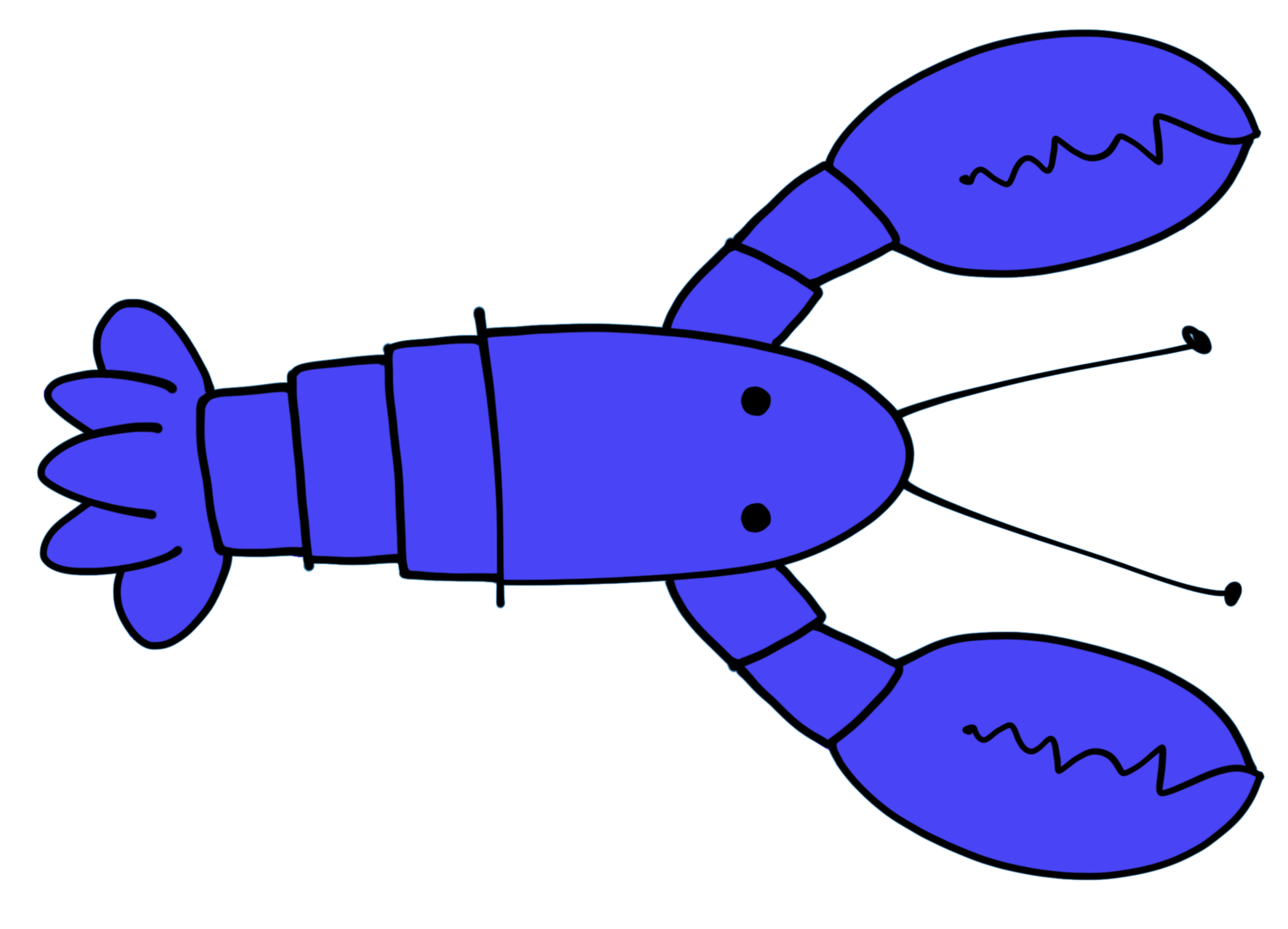When Software Can’t Change the Laws of Physics (or Leadership)
/Aka The Beav from Seattle, Washington, CC BY 2.0 <https://creativecommons.org/licenses/by/2.0>, via Wikimedia Commons
As far as we know, the physical laws of nature are true and fixed on earth. We can’t design with atoms and ignore gravity, conservation of energy and Newton’s laws of motion. Tragically, it took Boeing and the FAA two horrendous accidents with over 350 deaths to accept this.
Boeing 737, Edwards Air Force Base, Sept. 1967
The Boeing 737 has been flying since 1967, outlasting the 757 and 767. How many other intricate, interdependently constructed products made in the 1960s are still around? Not many! There have been major 737 design upgrades and changes over the years; it is usually easier to do variations on a theme in terms of design, testing, certification, regulatory approvals, etc. then create new.
Business’s emphasis on efficiency means we try to make things work without total re-designs. In the case of Boeing, software was going to solve known basic aerodynamic design problems. Apparently, the software could have been better designed both in functionality and UI/UX. And certainly, proactively notifying airlines and pilots that new training was required should have been a no-brainer.
Today’s systems are complicated and complex* requiring different leadership capabilities throughout the organization. And I mean Leadership, not "Management Plus", from those leading the various physical, hardware, software, etc. design teams, to procurement, supply chain, etc. all the way across and up to the CEO. Complex systems also require a different organizational culture - a systems-level mindset and a sense ownership at all levels. The 737 disaster highlights that our systems today are not systems but discrete parts stuck together touted as systems, without holistic, integrated accountability and ownership (e.g., Boeing, FAA, airlines, …)
In your business, with your products or services, what are you assuming will ‘fix the problem’? Are you sure? Are there immutable laws you’re trying to violate? What do the assumptions imply for your employees, your culture, your customers? This week, please, please, stop and reflect on this. For most of us, lives are not literally on the line from our products and services, but there are still implications.
*complicated systems have many parts and pieces but are fixed with a finite set of possible states; complex systems are infinite with boundless sets of constantly changing dynamics.












